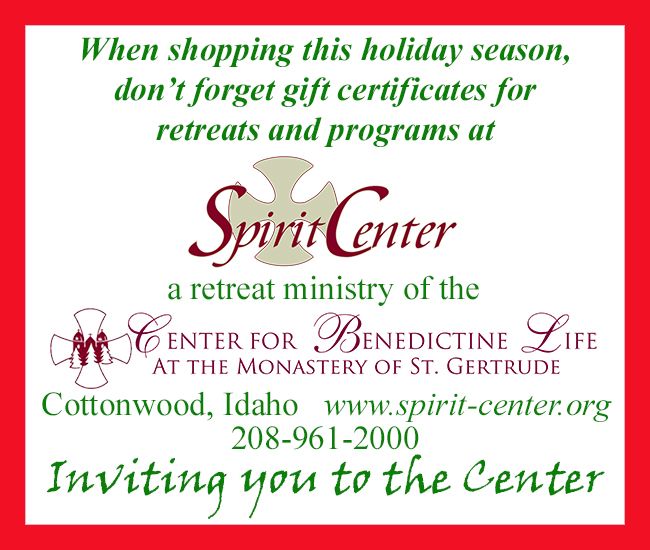
When most Jewish families sit down for the Passover seder on Friday (April 6), it's a safe bet that they'll eat matzo, ask the traditional Four Questions and tell the biblical story of the Exodus from Egypt.
It's less likely that they'll be hitting one another with scallions. Or saving a bit of matzo, the unleavened Passover bread, as a talisman for travels. Or averting their eyes as the seder leader recites the 10 plagues that God inflicted upon the Egyptians.
Most American Passover traditions come from the 80 percent of Jews who trace their roots to Eastern and Central Europe in the Ashkenazi branch of Judaism. But others from the far-flung Jewish Diaspora incorporate traditions from their homelands, and they're often different from the traditional Passover fare.
The nontraditional customs frequently come from Sephardic communities — traditionally Jews who trace their roots to Spain or Muslim countries — and usually contain a physical element, says the Indian-born Rahel Musleah, a journalist and author of “Why on This Night?”
“In general, I think that there are certain things that Sephardi communities share, the whole idea of making (the Exodus story) more tangible,” she said.
For Mojdeh Sionit, that physical element means seder participants swat each other with scallions, reminding them of the lashes that the Egyptian taskmasters inflicted on the Hebrews.
There is levity, though, with these modern-day lashes, said Sionit, 36, who lives in Los Angeles after emigrating from Iran a decade ago. “That's the fun part,” she said. “We laugh a lot.” For the children, “This is the one chance of hitting someone without getting into trouble.”
At Musleah's seder, guests save a tiny piece of the afikomen — a portion of the ceremonial matzo that is eaten to complete the seder meal — and wrap it in plastic and keep it with them when they travel. When you go on a journey, the afikomen is supposed to protect you, she said. “If I don't have it with me, I feel uncomfortable.”
Another superstition, she said, involves the recitation of the plagues. Only the seder leader reads this part of the Haggadah text and handles the ritual wine. In her tradition, once the recitation is complete, “we don't even keep the wine in the house; we … spill it outside,” said Musleah, whose family emigrated from Baghdad to India in 1820. “We don't want any of the evil that is embodied in that portion. Then the leader has to wash his hands and everyone who came in contact with it also washes.”
Members of other Sephardic communities have told her that they don't even look at the seder leader during the recitation of the plagues because it is such an intense time.
Syrian Jews, however, see that wine very differently. The seder leader reciting the plagues empties the wine from a ceremonial cup into a vessel held by the oldest single woman at the seder table, in hopes of bringing her good luck in finding a husband, Sarina Roffe explained. “There are 10 pours, one for each of the plagues, until the cup is empty,” says Roffe, 57.
She remembers the last time she was that young woman. “I was 18,” said Roffe, of Brooklyn, N.Y. By the time Passover rolled around the next year, she was engaged.
Syrians — like Egyptians and other Jews who hail from Arab lands — will wrap the matzo in a cloth, sometimes resembling a knapsack. The Syrian tradition — at least in her family — is for each male, from oldest to youngest, to take the covered ceremonial matzo, hold it over his left shoulder and respond to three questions: What are you carrying? Matzo. Where are you coming from? Egypt. Where are you going? Israel.
In Morocco, one custom is to pass the plate holding the ceremonial foods over the heads of dinner guests, while reciting, “In fear we left Egypt with the bread of affliction, and now we are free,” according to retired lobbyist Irene Kaplan, whose grandfather had been chief rabbi in Fez, Morocco. “The symbolism is that angel of death should pass over everyone for the coming year,” said Kaplan, who lives in Potomac, Md.
At a Bukharan (Central Asian) seder, expect to see participants in the colorful robes of the old country, said Aron Aronov, who immigrated from Tashkent, Uzbekistan, 23 years ago with assistance from the Hebrew Immigrant Aid Society. Embroidered with gold threads and bright colors, the robes are beautiful, he said.
Aronov, 73, said that when his seder guests eat the afikomen, “we make a resolution so by next year, your dream will come true.”
Moroccans, meanwhile, celebrate the end of the eight-day holiday with a mini-festival called Mimouna. “It's like a moving party from house to house,” Kaplan said. With Passover restrictions on leavened goods now over, her father would put flour on his hand, touch guests on their foreheads and “wish them terbah — success — for the following year.”







